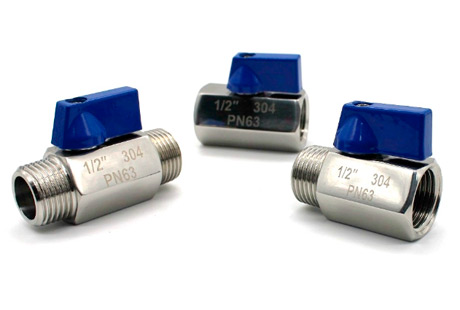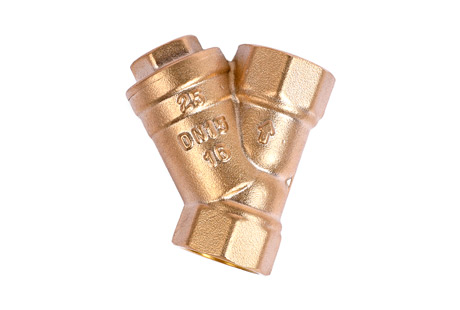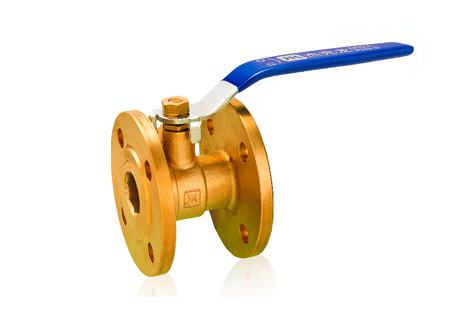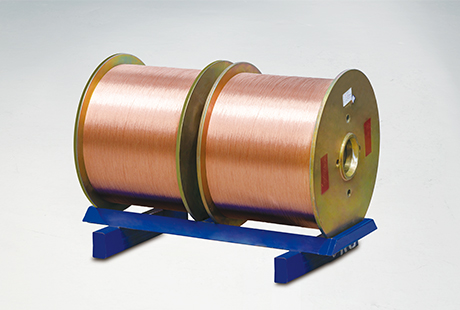Solder ring joints play a critical role in plumbing, ensuring a strong and leak-proof connection between pipes and fittings. When executed correctly, these joints provide a reliable link, guaranteeing the efficient flow of water or gas. In this blog, we will explore essential tips that will help you achieve robust and leak-proof solder ring joints, ensuring the longevity and efficiency of your plumbing system.
The Importance of Proper Solder Ring Joints in Plumbing
Proper solder ring joints are crucial in plumbing for several reasons. Firstly, they provide a permanent and waterproof connection between pipes and fittings, preventing leaks. Additionally, they create a strong bond that withstands the test of time, maintaining the integrity of your plumbing system. By following the tips mentioned below, you can achieve solder ring joints that ensure the smooth functioning of your pipes.
Preparing the Pipes and Fittings for Soldering
Before soldering, it is vital to prepare the pipes and fittings adequately. Here are some essential steps to follow:
1. Clean the surfaces: Ensure that both the pipe and fitting surfaces to be soldered are clean, smooth, and free from any debris or dirt. Use a wire brush or emery cloth to remove any oxidation or corrosion, promoting better adhesion.
2. Apply flux: Apply a thin layer of flux on both the inside of the fitting and the outside of the pipe. Flux acts as a cleaning agent and helps the solder flow smoothly, ensuring a strong bond.
3. Insert the solder ring: Gently insert a solder ring into the fitting, ensuring it is properly seated and covering the entire circumference of the fitting's internal edge. This will act as additional reinforcement and contribute to leak prevention.
Executing the Soldering Process Effectively
Achieving a strong solder ring joint requires precise execution of the soldering process. Follow these steps to ensure a successful result:
1. Heat the joint: Use a propane torch or a suitable heat source to evenly heat the area where the fitting and pipe come together. Ensure that the heat is applied evenly to promote proper solder flow.
2. Apply the solder: Once the joint reaches the appropriate temperature, touch the solder wire against the joint, allowing it to melt and flow into the gap between the fitting and the pipe. Ensure sufficient solder is applied to create a strong bond.
3. Allow it to cool: Once the solder has flowed evenly around the joint, remove the heat source and allow the joint to cool naturally. Avoid any movement or disturbance during the cooling process to maintain the integrity of the joint.
Additional Tips to Ensure a Durable and Leak-Proof Solder Ring Joint
To further enhance the strength and leak-proof nature of your solder ring joint, consider implementing these additional tips:
Quality solder and flux: Always use high-quality solder and flux to guarantee a reliable joint. Inferior products may lead to weak bonds and potential leaks in the future.
Avoid overheating: While it is necessary to heat the joint adequately, excessive heat can weaken the overall structure. Carefully monitor the temperature throughout the soldering process to avoid overheating.
Inspecting the joint: After soldering, inspect the joint carefully to ensure there are no visible gaps or defects. Repair any issues promptly to prevent future leaks.
For a strong and leak-proof plumbing system, achieving proper solder ring joints is crucial. By following the tips mentioned above and giving attention to pipe and fitting preparation, executing soldering effectively, and considering additional tips for durability, you can ensure a reliable and long-lasting connection between pipes and fittings. Remember, investing time and effort in creating robust solder ring joints will save you from future headaches and potential water damage.

 English
English 日本語
日本語 한국어
한국어 français
français Deutsch
Deutsch Español
Español italiano
italiano العربية
العربية tiếng việt
tiếng việt Türkçe
Türkçe ไทย
ไทย 中文
中文





